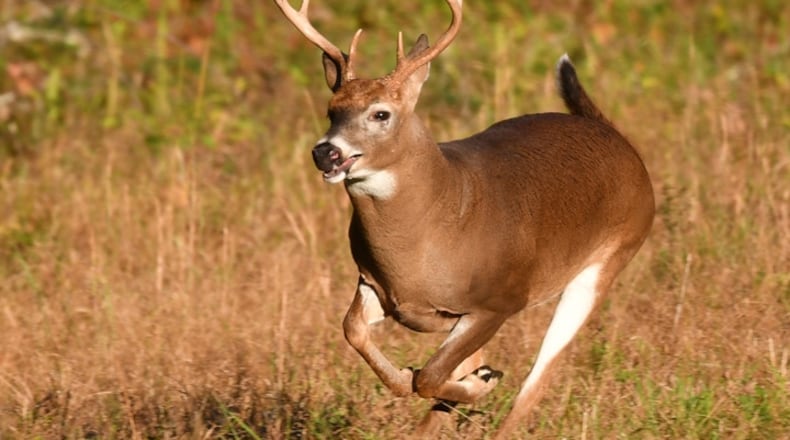It is one of the most common deer illnesses, and it occurs in late summer and fall in deer herds across North America.
Ohio saw a rise in cases beginning in mid-August, the ODNR said.
Colerain Twp. police officers in Hamilton County — which also has confirmed cases — said one such deer was reported to them last week. Officers found a deer standing on the side of Blue Rock Road, staring off into the distance. It was unfazed by sirens or officers shouting at it and appeared to have strange patches of fur with discolored skin, WCPO-TV reported.
The virus is not infectious to people or pets and is not spread from animal to animal. Rather, it is transmitted from the bite of small insects called midges.
Infected deer show symptoms within five to 10 days and many die within 36 hours of the onset of symptoms. Signs of the illness include lethargy, head hung down, loss of fear of humans, swelling of the tongue, head and neck, difficulty breathing and excess salivation. Affected deer are often found in or near bodies of water, likely because of fever and dehydration.
Sightings of sick or dead deer should be reported at wildohio.gov or to a local Ohio wildlife officer so the Division of Wildlife can track incidences and perform tests. For more information about EHD visit wildohio.gov.
About the Author


